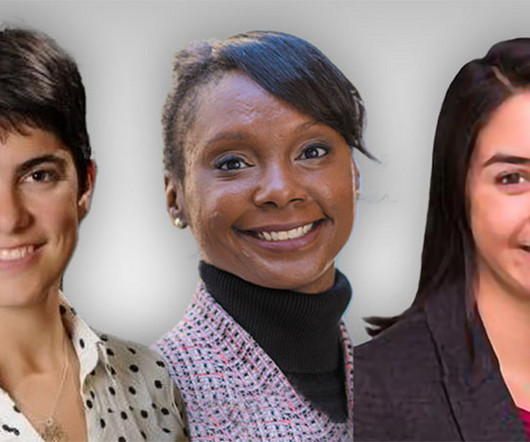Diabetes in Late Life: Nadine Carter, Tamryn Gray, Alex Lee
GeriPal
JUNE 8, 2023
So my background clinically is working with cancer patients and families and those who underwent bone marrow transplant, and a lot of times for their treatment regimen, it includes steroids. What is the role of the family caregiver system, how they play a role? Tamryn: Yes, 100%.











Let's personalize your content